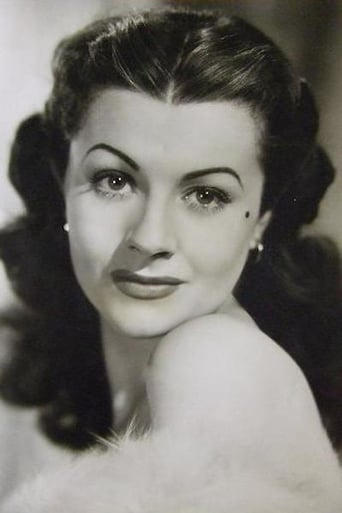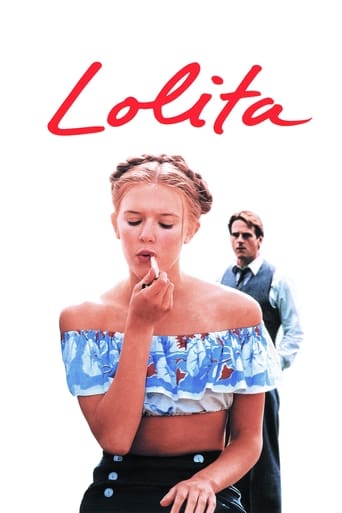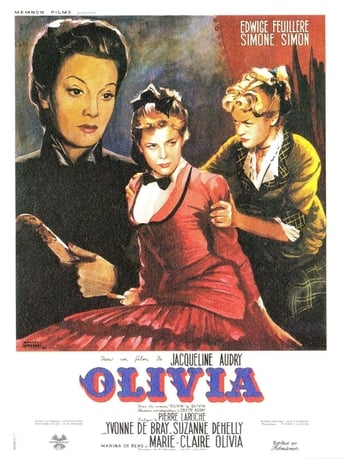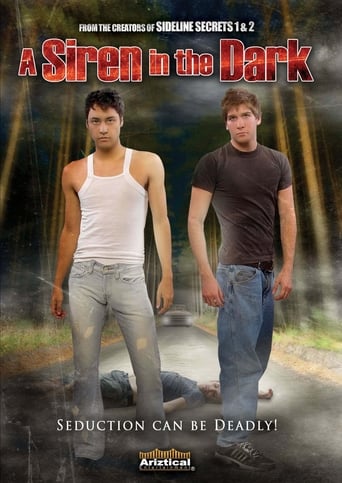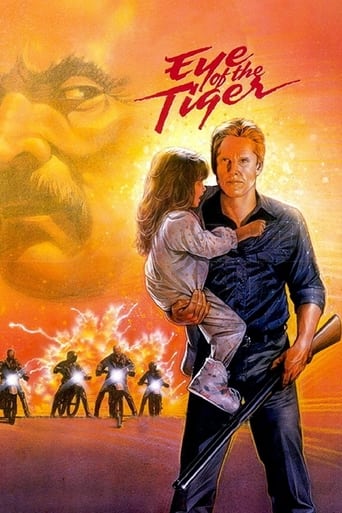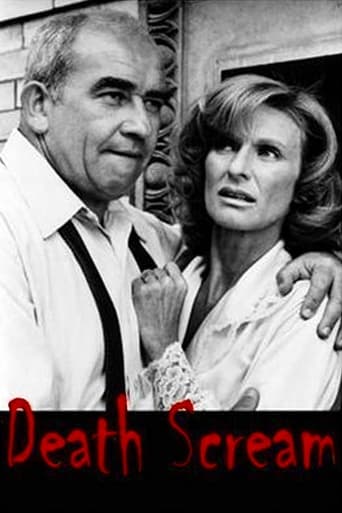
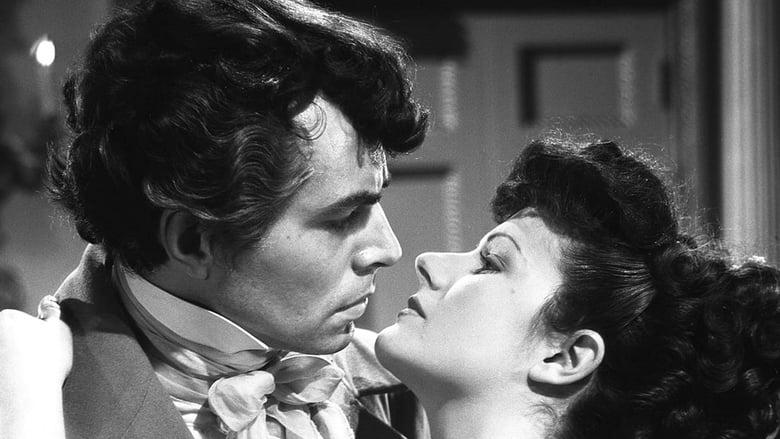
The Man in Grey (1946)
After marrying a dour and disinterested lord for status, a young woman falls in love with a stage actor while her best friend from boarding school enters an affair with her husband.
Watch Trailer
Cast
Similar titles
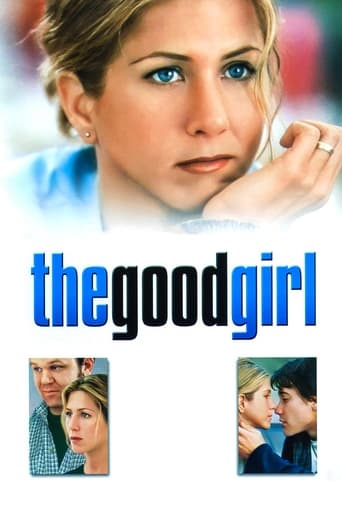
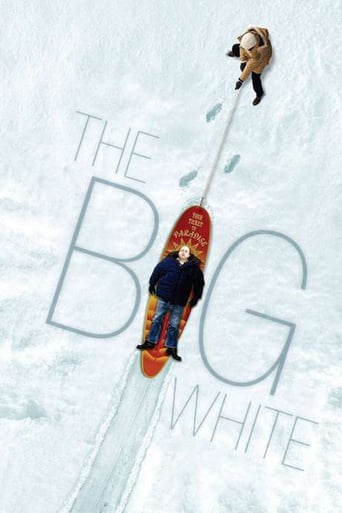
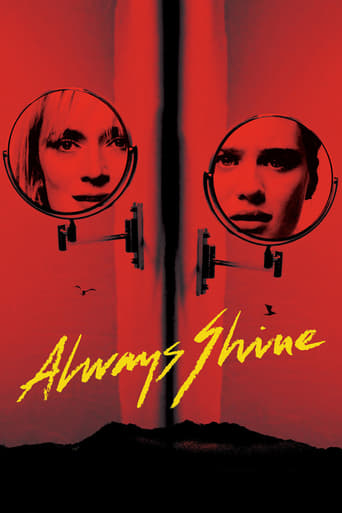
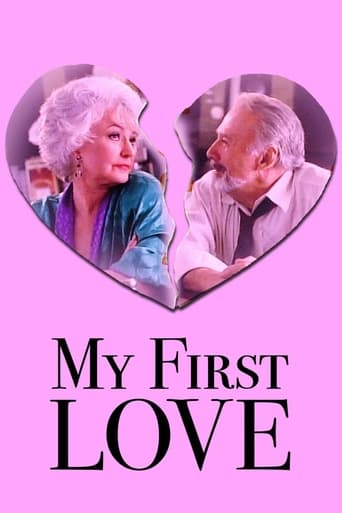
Reviews
To me, this movie is perfection.
Strong and Moving!
An old-fashioned movie made with new-fashioned finesse.
It is a whirlwind of delight --- attractive actors, stunning couture, spectacular sets and outrageous parties. It's a feast for the eyes. But what really makes this dramedy work is the acting.
Producer: Edward Black. Executive producer: Maurice Ostrer. (The U.K. version is available on an otherwise excellent Network DVD. The full-length version seems to have vanished).A Gainsborough Picture, copyright 30 November 1945 by Universal Pictures Co., Inc. U.S. release through Universal. New York opening at the Winter Garden: 29 November 1945. U.K. release through General Film Distributors: 23 August 1943. Australian release through Gaumont British Dominions/2Oth Century-Fox: 12 October 1944. 10,812 feet. 120 minutes. (The full-length version was released only in Australia. In the U.K., the film was cut to 116 minutes, in the U.S.A., to 93 minutes).SYNOPSIS: When the home of the Rohans is being sold up, Lady Clarissa Rohan meets a young airman from Jamaica, Rokeby, who tells her that his mother's ancestor was in love with the nineteenth- century Clarissa Rohan; and in flashback we see . . .NOTES: Number seven at British ticket windows for 1943. The film did less well in Australia, but was still a big success, coming in at number thirty-one for 1944.It was inevitable that such a colossal box-office success be followed by some sort of "sequel". This followed in 1944 when Calvert, Mason and Granger were re-united for Fanny by Gaslight (pointedly re-titled Man of Evil in the U.S.A.). The Wicked Lady, which re-teamed Lockwood and Mason with writer/director Arliss, appeared in 1945.COMMENT: Superbly photographed and most expansively produced with dazzling sets and period costumes galore, "The Man in Grey" is directed with such style and occasional inventiveness (taking full advantage of its magnificent sets and liberal production values), that one's mind and certainly one's eye are distracted from the penny-dreadful plot. (One's ear, alas, is still assailed by some choice samples of cumbersome dialogue).More than competent acting by a sterling cast of players also helps immeasurably. Lockwood is perfectly cast as the wicked lady, Calvert is in her element as the hapless and hopeless heroine, while Mason snarls delightfully as the surly "grey", and Stewart Granger (not always photographed too flatteringly) wanders along in top tongue- in-cheek form as a winning librarian until smothered by the excessive demands of a ridiculous plot. A wonderful group of support artists lend their talents too, among which one must single out Martita Hunt as a fussy schoolmistress, Helen Haye as Mason's resigned if dutiful mother, Beatrice Varley as a slipsy Gypsy, Jane Gill-Davis as Calvert's genteel mother, Raymond Lovell as the somewhat dithery prince regent, and Ann Wilton as the put-upon teacher, Miss Edge.Despite the absurdities and excesses of its script (doubtless directly derived from the original novel), such lavish squandering of talent and money has produced a most enjoyably escapist slice of quasi- historical melodrama.
The four stars who were the cornerstone of the British Film Industries Gainsborough Pictures, James Mason, Phyllis Calvert, Margaret Lockwood, and Stewart Granger got to star in The Man In Grey. It's a brooding tale of unhappily married wife during the Regency Period, probably after the Napoleonic Wars. There certainly is no mention of the war in the plot.Two people Phyllis Calvert and Stewart Granger meet during an auction sale during wartime Great Britain. An estate is being sold off as the last of the male heirs has died. Calvert is the last surviving woman who can't inherit and Granger is the descendant of a man who was involved with one of the ancestors and has an heirloom or two of his own. The camera focuses on a series of mundane antiques and then it dissolves to the Regency period where the story is told and we see the connection of all these objects to the lives of the four stars.James Mason is in the title role and he's a titled Earl who is haughty and arrogant and revels in being an aristocrat. He has to take a wife to begat an heir, but he wants one who won't get too much in the way of the rakish lifestyle he has no intention of changing. Among Regency aristocrats even he's giving them a bad name, a fact that Raymond Lovell and Nora Swinburne as the Prince Regent and Mrs. Fitzherbert are quick to notice.Who Mason has chosen for a bride is Phyllis Calvert, a pretty and somewhat naive young thing. Naive so much that she takes as a friend a young woman not of her class when they were both in Martita Hunt's finishing school.Calvert's ill chosen friend is Margaret Lockwood who gets thrown out of the school for some indiscreet behavior. Years later when Calvert is married to Mason she finds Lockwood now with an acting troupe. Back then being an actor if you weren't William MacCready or Edwin Forrest you were not considered respectable. And note those two examples were men. Calvert's like Melanie Hamilton who sees only the good in people. But Lockwood is one exponential Scarlett O'Hara. Imagine Scarlett on steroids and you have Lockwood's character. She wants Mason with all that the title and privileges will bring. And his mojo really gets going with her.And Calvert's mojo gets going for the first time in years with likable gypsy Stewart Granger. This was Granger's first real big part in film and it brought him great critical notices and fulfilled promises of future stardom.Good as Granger and Calvert are, they pale beside the evil characters that Mason and Lockwood essay. I would have to say Lockwood is the more evil mainly because she hides it so well until the end. Mason's a lot, but he isn't a hypocrite.One curious piece of casting is young Harry Scott as the young black slave Toby is interesting. It could be the only case of blackface in the British cinema. Since this was the only credit young Mr. Scott had we don't know for sure, but I think this was a white kid in makeup.The Man In Grey is one of the best films the British cinema turned out during World War II. Like the lead characters who wonder about the connection between them, the British movie-going public went to see this film and put themselves in the places of the leads and wondered about their ancestors and their doings during a postwar period of peace. It's got some of the best acting going by four very skilled players and a good cast in support. And it holds up very well today.
The Man In Grey is directed by Leslie Arliss,based on the popular novel by Eleanor Smith and stars Margaret Lockwood, James Mason, Stewart Granger, Phyllis Calvert and Martita Hunt.It's also one of the most memorable costume melodramas Gainsborough Studios ever made.Margeret Lockwood again plays a similar woman to Barbara in The Wicked Lady, with the same low regard for other peoples feelings and lives.Beginning during the Second World War at an auction of heirlooms from the notorious Rohan family we then flash back to Regency era England.The beautiful and angry Hester Shaw(Margeret Lockwood) becomes a pupil at a private school for young ladies run by the comical Miss Patchett(Martita Hunt).Hester is an instant outcast to all except one of the pupils,the kindly Clarissa Marr(Phyllis Calvert).The two become best friends but Hetser also resents Clarissa because she thinks her friendship is a form of charity.A gypsy woman visits the school and reads Clarissa's palm,she predicts a marriage to a rich man but is afraid of Hester and refuses to tell her fortune.Hester runs away and becomes a stage actress,years later she meets up with Clarissa again.Clarissa is unhappily married to the wealthy,but cold and indifferent Lord Rohan(James Mason).Hester sets her sights on him and they begin an affair.Hester introduces Clarissa to her friend the dashing and kind hearted rogue Peter Rokeby(Stewart Granger).The two begin a close friendship and tender love affair.James is suitably slimy and harsh as the crazed Lord Rohan and Stewart oozes sex appeal out of every scene he's in.Margaret is at her best in these sorts of roles, playing a tough independent woman going against society. Ideal viewing for a rainy day.
This is a tedious movie. The real villains are the clunky adaptation (it's embarrassingly easy to tell that the source material was a novel) and witless screenplay.On the credit side, considering the budget was tight due to wartime austerity, the look of the film isn't at all bad. And the performances are, by and large, OK, except for Phyllis Calvert, who is terrific - a miracle considering the potential for winsomeness, a pit into which she most definitely does not fall. Ms Calvert, with a lot less to go on, is as accomplished as Olivia de Havilland in Gone With The Wind.The one absolutely unbearable aspect of The Man in Grey is the dreadfully conceived depiction of a black serving boy. No matter that he's meant to be a sympathetic character. Played badly by a white boy in black-face make-up, it is impossible to by-pass this example of condescending racism.Grim.
